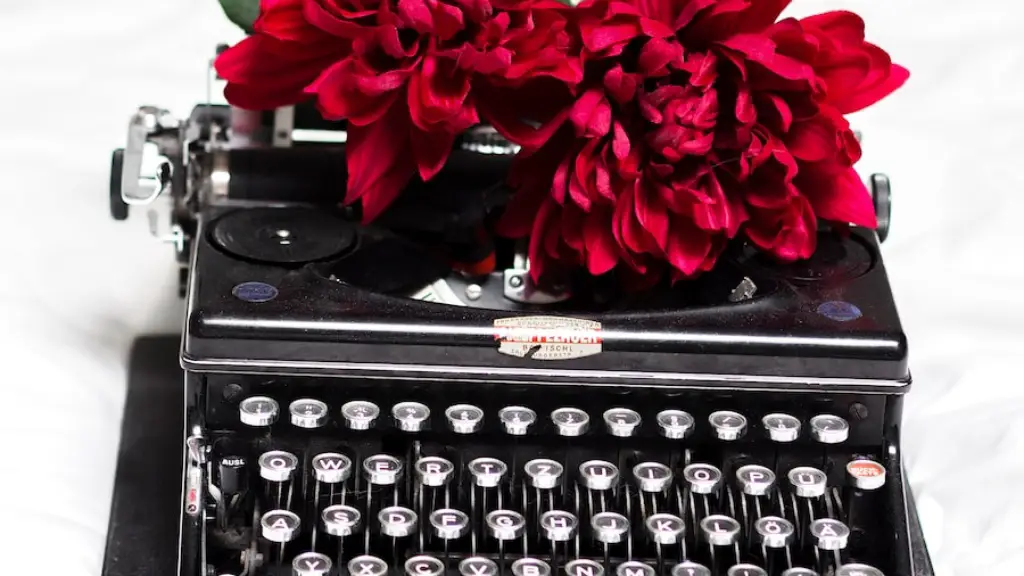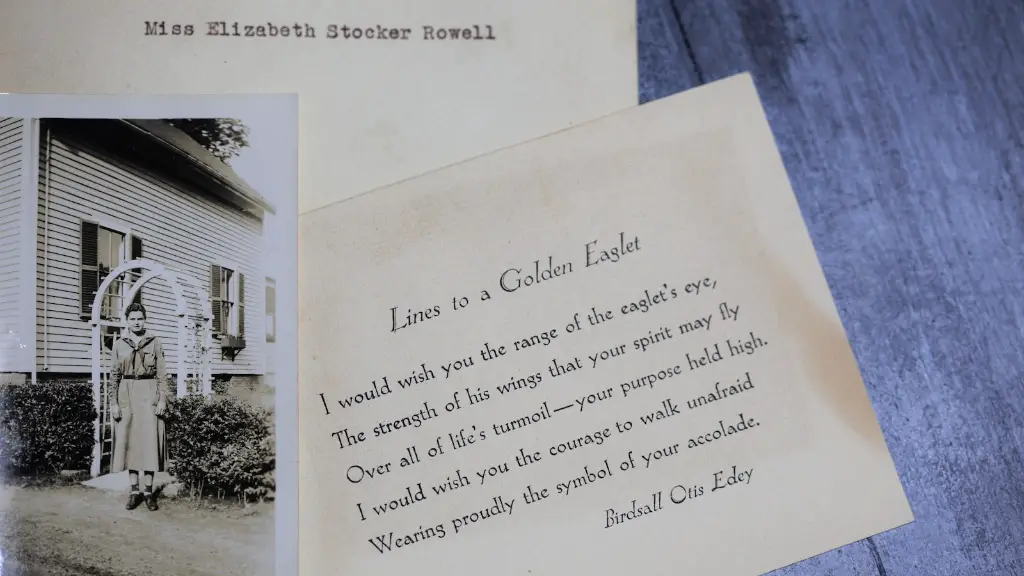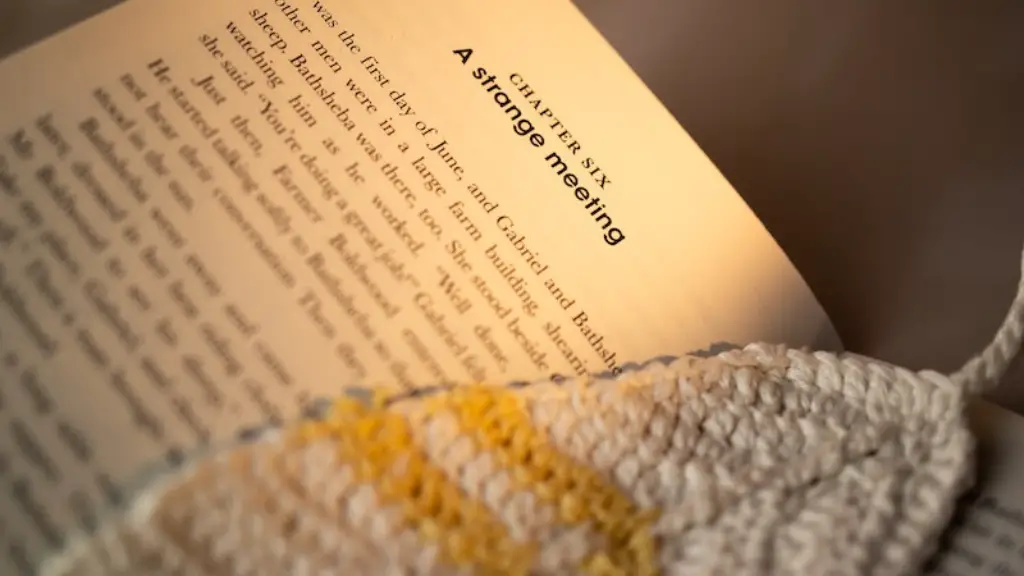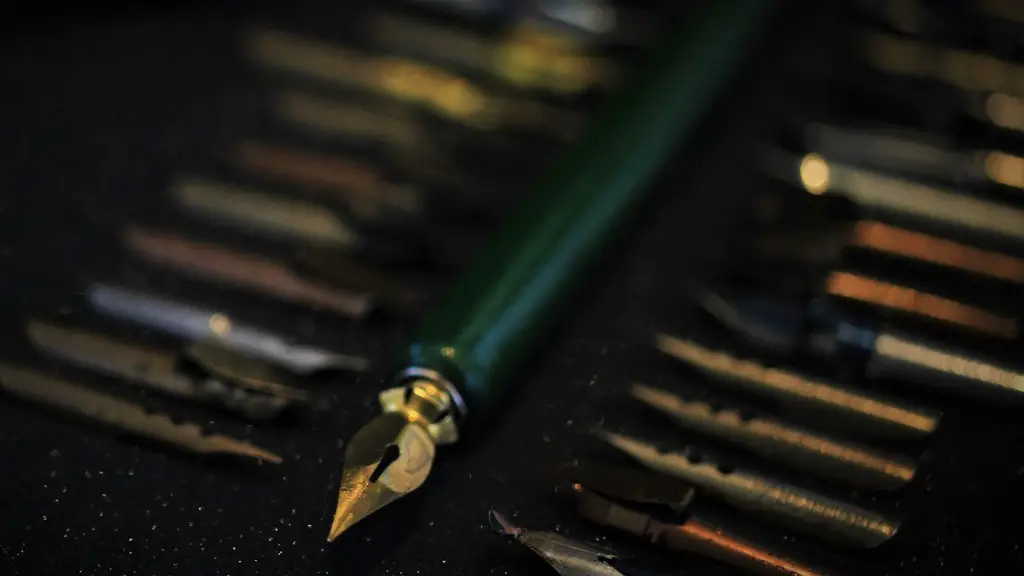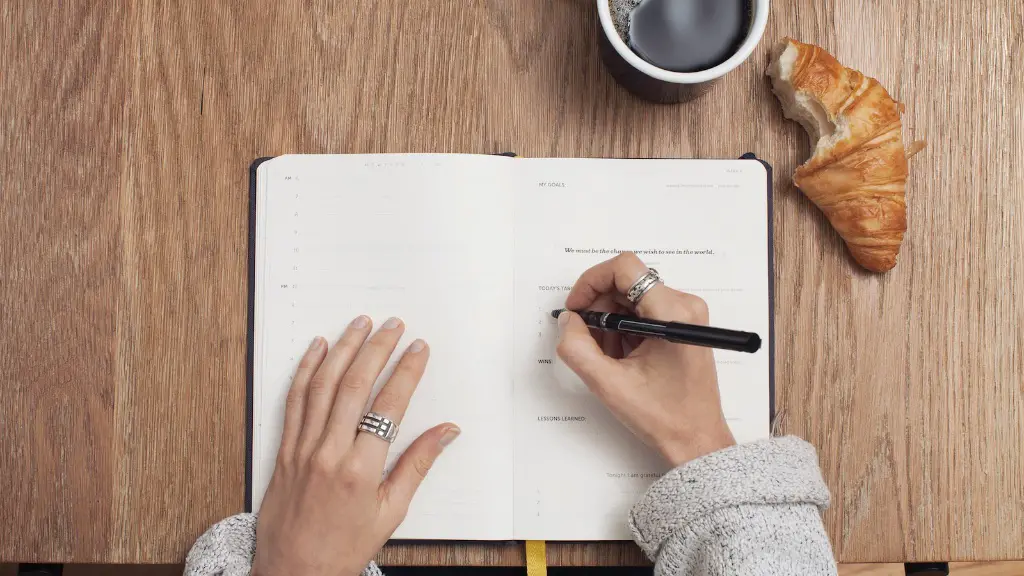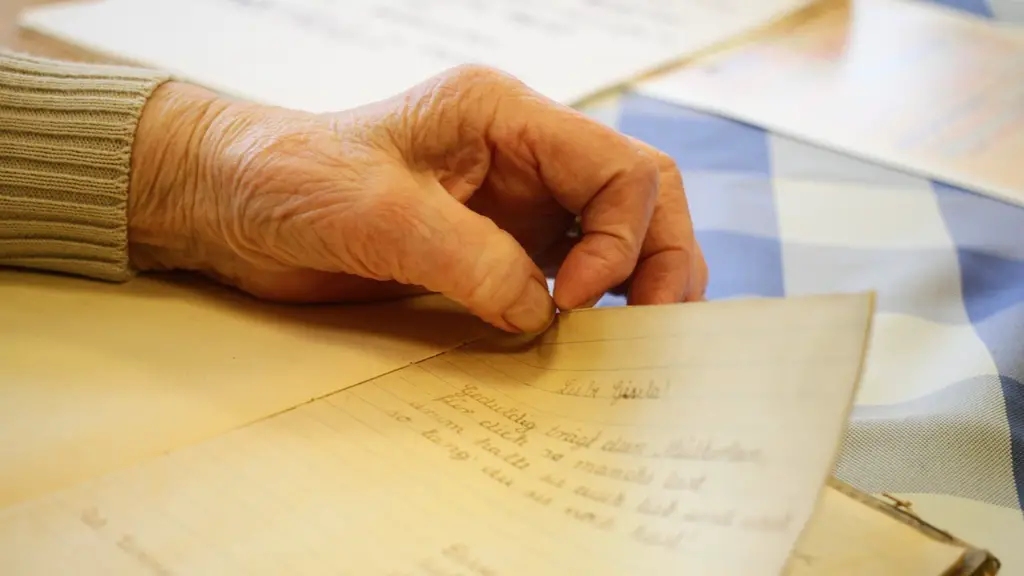How Does Poetry Influence Culture?
Poetry has been used as an artistic expression to evoke emotion and impart knowledge since ancient times. While poetry may appear to remain in the background, it has an undeniable influence on culture. In this article, we will explore how poetry affects culture and the adaptations and trends that keep it at the forefront of society.
To understand the role of poetry in culture, we must first examine how this art form has evolved throughout the ages. Initially, poetry was used to tell stories and share historical events. Today, some poets have taken a more poetic approach to expressing their ideas and emotions, producing works of art that have captivated audiences. In addition, the use of metaphors and similes in works of poetry can add a layer of deeper meaning to the poem.
As people began to appreciate the power of poetry to convey messages, it quickly became a tool for social change and revolution. Poets such as Maya Angelou and the late Allen Ginsberg used their works to demonstrate the ugly truths of injustice, racism and bigotry. These poets were often using their words to confront and challenge the systems of oppression. Poetry then, was not only a way of formulating and expressing ideas, but also of pushing for social progress.
In more recent years, poetry has shifted from being predominately politically and socially driven to being fundamentally emotionally driven. Poets such as Rupi Kaur, Nayyirah Waheed and Lang Leav have embraced the power of their words to create movements of self-discovery and self-love. Through their poems, they are encouraging others to think more deeply about identity, connection and mental health. This has impacted the way that culture speaks, reads and understands poetry.
As technology continues to evolve, its influence on culture and poetry is undeniable. Online platforms such as Instagram and YouTube are now a hub for poets to share their works. Movements like #ModernInstapoetry have brought poetry forward in a way that has never been seen before. Here, poets can share their musings on love, heart-break, trauma and social justice with an online audience that shares in their appreciation for their work.
Poetry is ever changing. Shifts in language, society and media continue to impact the way it is consumed and shared. As the poetic landscape continues to diversify, poets are searching for new ways to make their work stand out from the crowd. One recent trend is the rise of Poetry Slams. These events give poets the opportunity to share their words in front of an audience, to impart knowledge for a cause, or to simply make a statement.
In conclusion, it is clear that the role of poetry in culture is continuing to evolve. At its roots, poetry remains a powerful tool to express ideas and emotions, while also allowing for a unique and effective means of social change.
The intersection between poetry and music
The crossover between poetry and music is an interesting one. Many musicians and songwriters have adopted an “if it sounds good, it is poetry” attitude. These musicians, often referred to as “spoken-word artist”, combine spoken-word and music to create a fresh and powerful sound that captures a wide audience. This new wave of spoken-word artists has created a space for lyricists to share their works to a broader audience, introducing a new generation to the spoken-word art form.
The fusion of two distinct art forms has impacted culture in several ways. For one, it has exposed spoken-word art to a new audience, as many young people had not heard of spoken-word poetry before. Furthermore, it has opened doors to collaboration and expansion, creating networks across the music and poetry world, and allowing for the sharing of influence and ideas.
The performance of spoken-word music has also encouraged more people to feel a connection to poetry and its messages. Spoken word artist’s use of their works concentrates on the emotion in their words, delivering messages that connect and engage listeners. This connection has instilled a sense of power in artists and listeners alike, giving them the courage to stand up and make a difference in society.
How Poetry Challenges Language
It is common to think of poetry as bound to certain language conventions and rules, but this is not necessarily the case. By playing with traditional genres, poets challenge and expand how language can be used and understood. In the same vein, there has been an increase in the use of unconventional literary devices, with poets seeking to make a mark on their work, by exploring more creative accepted ways of writing poetry.
In more recent times, poets have also been exploring the potential of combining languages in their works. This has become increasingly common as more people are using narrative techniques to tell their stories, using words from different languages to illustrate points and emotions. Poets like Yehoshua November and Francisco Alarcón have fused Spanish and English to tell their stories, widening the possibilities of the language and opening up conversations about heritage and identity.
In addition, many poets are introducing terms and phrases from various other languages into the lexicon of poetry. This allows them to talk about their culture and heritage through words that represent their history. By merging these different language styles, poets are able to speak to a vast audience and share their stories with those who may not understand either language used.
Exploring Poetry’s Role Within Education
Poetry has remained a prominent part of schooling, despite many curriculum changes. It is often used in the teaching of literature and writing classes, as a tool to help students understand and appreciate the power of words. Through the analysis and appreciation of different forms of literary expression, poetry can be a useful tool to teach students the process of creating unique stories.
Analysis of poems has also been used in educational settings to help students understand the power of effective word choice. Through the exploring of poetic devices, analyzing context, themes and symbolism, students are exposed to problem solving and creative writing. This encourages students to use their imaginations to express themselves and use their writing to speak to a larger audience.
Perhaps most importantly, exploring poetry in education allows students to gain an understanding of diversity. Whether in terms of language, culture, values or opinions, students learn to appreciate the fact that the world is vast, and poetry can help tell many stories that might not otherwise be accessible.
Technology’s Impact on Poetry
With the advances in technology, poetry has found new ways to reach audiences. Digital platforms such as acrostic poetry apps and websites, have made creating poetry easier than ever. This ease of use has enabled writers to produce and share more works than ever, making poetry more accessible and inspiring people to take a closer look at the works of poetic geniuses.
The digital realm has also allowed for the production of graphic novels, animated shorts and games that will introduce the art form to a larger audience. Fans of the works have become so passionate, that popular works have now been adapted into novels, theatre productions, and various forms of media. This has enabled more people to experience the power of poetry and has resulted in more people producing works of their own.
Finally, with the help of technology, poets can now employ artificial intelligence and automated techniques to acquire insights about works. Libraries are using online archives to record and archive poems, and algorithms are being used to analyze how different sections of a text are associated. Overall, technology has enabled for the exploration, appreciation and advancement of this art form.
Poetry’s Role in Today’s Society
In today’s society, poetry finds its way into a range of unexpected places. Through the power of social media, verses and snippets of works can be shared with a mass audience in just a few clicks. For example, hashtags such as #poemoftheday or #feministpoetry are widely used, allowing users to engage in conversations and share their interpretations of poetic works.
The reading and understanding of poetry is also being adapted to fit today’s lifestyle. Apps have been developed, such as Poetry in Motion and Pocket Poetry, to enable readers to access and enjoy works while on the go. This has increase the possibility for reading and understanding poetry to more people, who may not have had the opportunity to read them before.
In addition, poetry is being incorporated into events and protests to share ideas and spread chants for social change. This has created an atmosphere of celebration and unity, with many people coming together to voice their thoughts on the world’s current climate. Poetry is also being used to express feelings post-traumatic events, to aid in the healing process for those affected.
